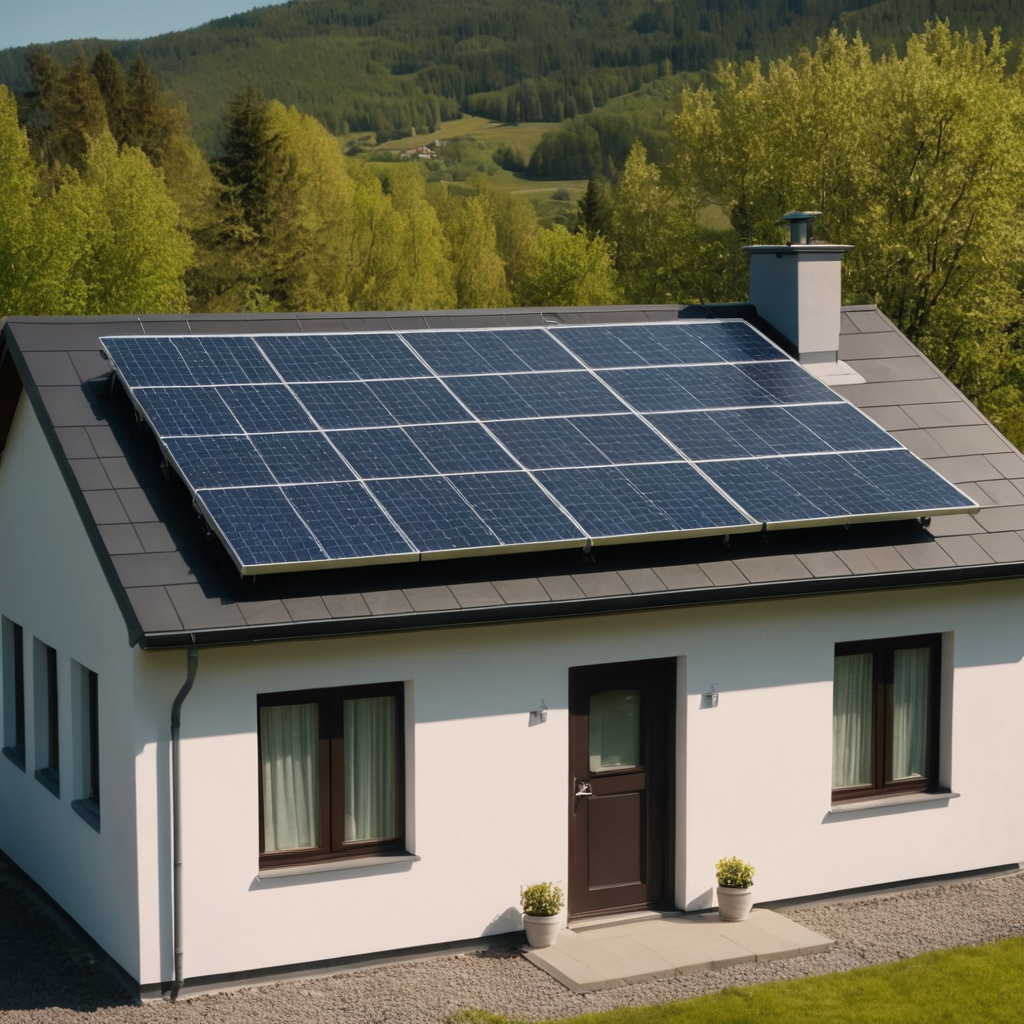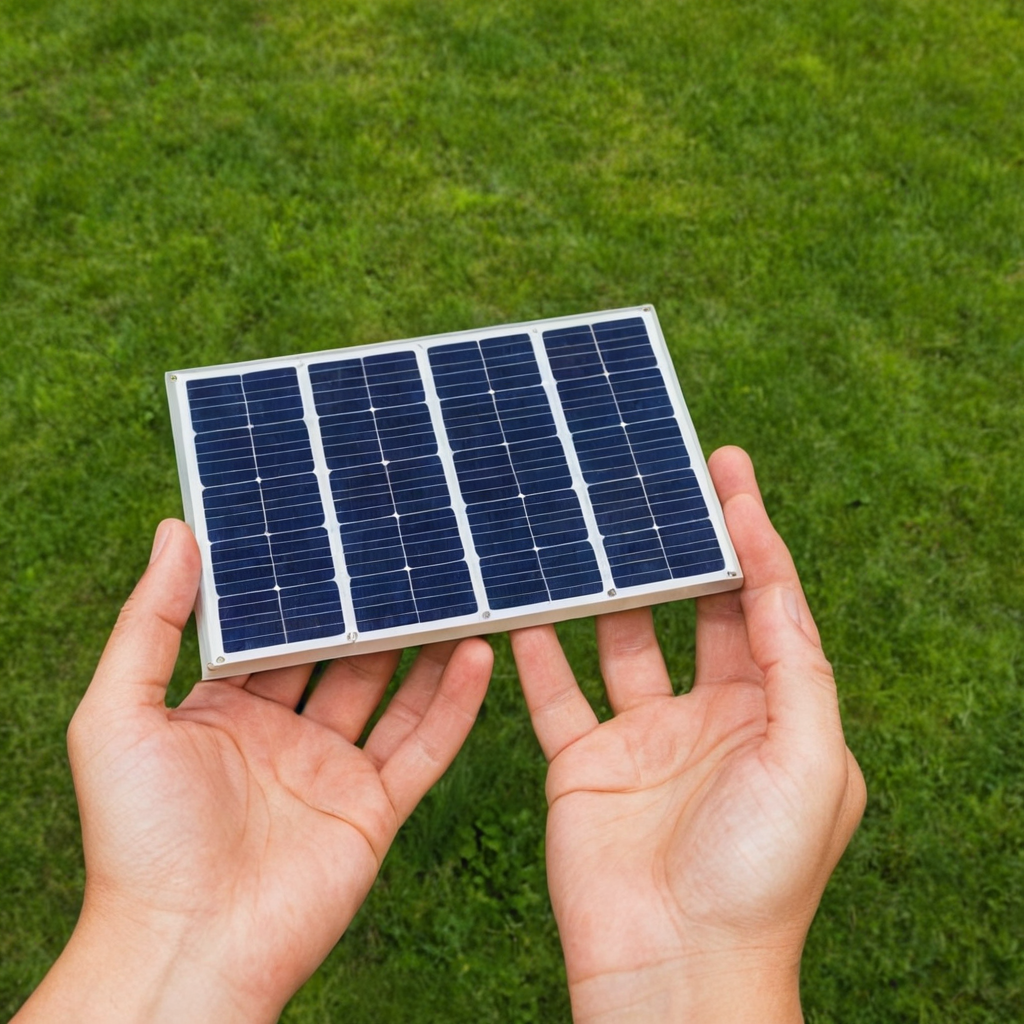Are solar panels an economic proposition in Washington State
Are Solar Panels Worth It in Washington State?
Ever wonder if those shiny solar panels on your neighbor's roof are actually saving them money? Washington State has a unique energy landscape, and going solar isn't a one-size-fits-all answer. With fluctuating electricity rates, varying levels of sunshine, and a specific set of state and federal incentives, understanding the economics of solar can feel a bit complex. But don’t worry, I’m here to break it down and help you determine if solar makes sense for you. We'll explore the true costs, the financial help available, realistic payback periods, and what it all means for your long-term savings. Let’s dive in!
The True Cost of Going Solar in WA
Okay, let’s talk money. The first step in determining if solar is a good investment is understanding what it actually costs. It’s not just the price of the panels themselves; there’s a whole ecosystem of expenses to consider. A typical residential solar system in Washington State can range from $2.50 to $3.50 per watt installed. What does that translate to? Well, a 6kW system (which is common for many homes) could cost anywhere from $15,000 to $21,000 before any incentives. That sounds like a lot, right? But let's break down what contributes to that price.
Firstly, there are the solar panels themselves. The cost varies depending on the panel’s efficiency, brand, and warranty. Then you have the inverter, which converts the DC electricity generated by the panels into AC electricity your home can use. Inverters typically run between $1,500 and $2,500. Installation costs also add up. This includes labor, racking (the system that mounts the panels to your roof), wiring, and electrical work. Permitting and inspection fees can add another $500 to $1,000, depending on your local jurisdiction. Don't forget about potential roof upgrades. If your roof is old or needs repairs, that's an added expense you'll need to factor in. Finally, monitoring systems, which allow you to track your solar production, can add a few hundred dollars.
Financing options can significantly impact the overall cost. Many homeowners opt for solar loans, which allow them to spread the cost over several years. Leasing or Power Purchase Agreements (PPAs) are other options, where you pay a monthly fee for the electricity generated by the panels. While these options require little to no upfront investment, they often result in higher long-term costs compared to owning the system outright. The cost also varies depending on your roof type. A simple asphalt shingle roof is the easiest and cheapest to install on, while tile or metal roofs can increase installation costs. It’s crucial to get quotes from multiple installers to compare prices and services. Don’t be afraid to ask detailed questions about each component and the installation process. 
Washington State Incentives & Rebates: Your Solar Safety Net
Now for the good news! Washington State offers several incentives and rebates to help offset the cost of going solar. The biggest one is the state tax credit, currently at 30% of the system cost. This means if you install a $20,000 system, you could receive a $6,000 tax credit! That's a substantial savings. But remember, tax credits are non-refundable, meaning you can only reduce your tax liability to zero. Any remaining credit doesn’t get paid back to you.
On top of the state credit, you can also take advantage of the federal Investment Tax Credit (ITC). This credit is also 30% of the system cost, and it's applicable nationwide. So, combining the state and federal credits, you could potentially reduce the cost of your solar system by 60%! That $20,000 system now costs only $8,000. But the incentives don’t stop there. Washington State also has net metering policies in place. Net metering allows you to send excess electricity generated by your solar panels back to the grid, and you receive credit on your electricity bill for that energy. The specifics of net metering vary by utility, so it’s important to understand your local utility’s policies. Some utilities offer full retail rate credit, meaning you receive the same amount per kilowatt-hour as you pay for electricity. Others offer a lower rate.
Furthermore, some local utilities offer additional rebates or incentives. For example, Seattle City Light and Puget Sound Energy often have programs to encourage solar adoption. These incentives can range from a few hundred to a few thousand dollars. To find out what’s available in your area, check your utility’s website or contact them directly. It’s also worth noting that some energy efficiency programs may offer additional incentives for combining solar with other energy-saving measures, like insulation or energy-efficient appliances. Taking advantage of all available incentives can significantly reduce your upfront costs and shorten your payback period. 
Payback Period & Long-Term Savings: Does it Pencil Out?
Let's talk numbers. After factoring in incentives, what's the realistic payback period for a solar system in Washington State? It varies depending on several factors, including system size, electricity rates, and incentives. But let’s run an example. Let's assume a 6kW system costs $20,000 before incentives. With the 30% state and 30% federal tax credits, the net cost drops to $8,000. Let's also assume your average monthly electricity bill is $200, and your electricity rate is $0.12 per kilowatt-hour. A 6kW system can typically generate around 7,000-8,000 kilowatt-hours of electricity per year. This could offset a significant portion of your electricity bill, potentially saving you $840 to $960 per year. Dividing the net cost ($8,000) by the annual savings ($840-$960) gives you a payback period of around 8.3 to 9.5 years.
However, it's important to remember that electricity rates are likely to increase over time. As electricity rates rise, your savings from solar will also increase, shortening your payback period. Additionally, solar panels degrade slightly over time, losing a small percentage of their efficiency each year. Most panels come with a 25-year performance warranty, guaranteeing a certain level of output after that period. Cloudy days can also impact solar production, but Washington State still receives enough sunlight to make solar viable. The long-term savings from solar can be substantial. Over the 25-year lifespan of the system, you could save tens of thousands of dollars on your electricity bills. Plus, you'll be reducing your carbon footprint and contributing to a more sustainable future.
Is Solar Right for You? Considering Your Unique Situation
So, is solar right for you? It depends on your individual circumstances. Factors like roof orientation, shading, and energy consumption habits all play a role. South-facing roofs are ideal for solar production, while east- or west-facing roofs will generate less electricity. Shading from trees or buildings can also significantly reduce solar output. If you have high energy consumption, solar can provide even greater savings.
I strongly recommend getting quotes from multiple installers. Compare prices, warranties, and customer reviews. Ask about the quality of the panels and inverters they use, and make sure they are licensed and insured. Don’t be afraid to ask questions! A reputable installer will be happy to explain everything in detail. Resources like the Solar Energy Industries Association (SEIA) and the Database of State Incentives for Renewables & Efficiency (DSIRE) can provide additional information and help you find qualified installers in your area. Ultimately, the decision to go solar is a personal one. But by understanding the costs, incentives, and potential savings, you can make an informed decision that's right for your wallet and the environment.
Ready to see if solar is a good fit for your home and wallet? The next step is to get personalized quotes from local installers. Don't be afraid to ask questions and compare options! Resources are linked below to help you get started.
Solar Energy Industries Association (SEIA)
Database of State Incentives for Renewables & Efficiency (DSIRE)